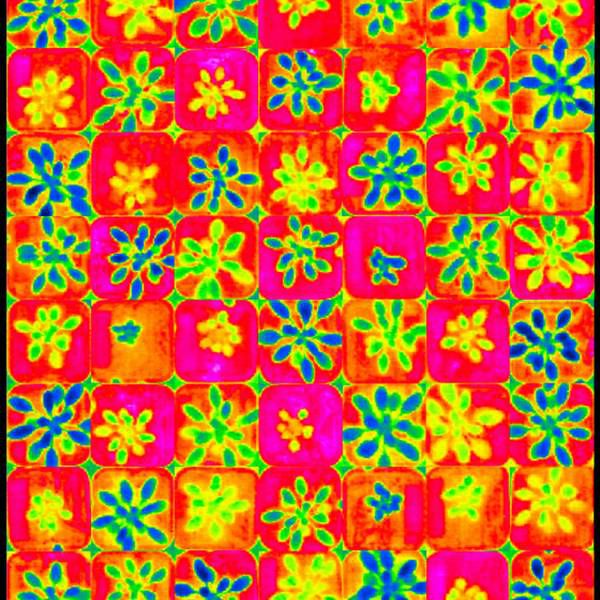How to get more Crop Per Drop
Published on by Naizam (Nai) Jaffer, Municipal Operations Manager (Water, Wastewater, Stormwater, Roads, & Parks) in Academic
More efficient water usage by plants without restricting their growth
The fact that plant leaves lose a great deal of water through photosynthesis is the greatest limiting factor for larger harvests worldwide. Scientists at the Technical University of Munich (TUM) have developed an approach to solving the problem: they have been able to get plants to use water more efficiently without restricting their growth. This is thanks to a plant-inherent water-conservation strategy that enables plants to absorb carbon dioxide while minimizing water loss.
 Plants activate this water-conserving mode when water is scarce. TUM scientists have been able to identify the activating signal and permanently switch on this water-saving mode. This is a possible solution to resolving the issue that about 70 percent of the water consumed worldwide is utilized by the agricultural sector.
Plants activate this water-conserving mode when water is scarce. TUM scientists have been able to identify the activating signal and permanently switch on this water-saving mode. This is a possible solution to resolving the issue that about 70 percent of the water consumed worldwide is utilized by the agricultural sector.
About 80 percent of the water released into the atmosphere by land masses does not evaporate right away but travels through plant roots and sustains leaf transpiration. This makes the search for crop plants with improved water utilization a central issue for curbing the high water usage in agriculture and ensuring food security for the future.
Plant hormone activates water-saving mode
As the team of TUM scientists has discovered, a plant hormone called abscisic acid is responsible for switching the water-saving mode on. This plant hormone is produced in greater quantities in times of water shortage. In the model plant Arabidopsis, also known as mouse-ear cress, there are 14 receptors responsible for perceiving this plant-specific hormone signal. The Munich researchers were able to demonstrate that increased production of some of these receptors will cause plants to switch to the water-saving mode even when water is not in short supply. The catch is that only three of the receptors did not negatively influence plant growth. Up to 40 percent of the water required previously could be saved without affecting the plant's performance.
Initial experiments show water-saving effects under simulated field conditions
The next step is to see if these water-saving effects can also be observed under field conditions. It remains to be seen if crop plants such as wheat, corn, and rice can produce more biomass with the same amount of water using this mechanism,
Attached link
http://www.wzw.tum.de/index.php?id=185&L=1&tx_ttnews%5Btt_news%5D=1486Media
Taxonomy
- Agriculture
- Irrigation
- Crop Farming